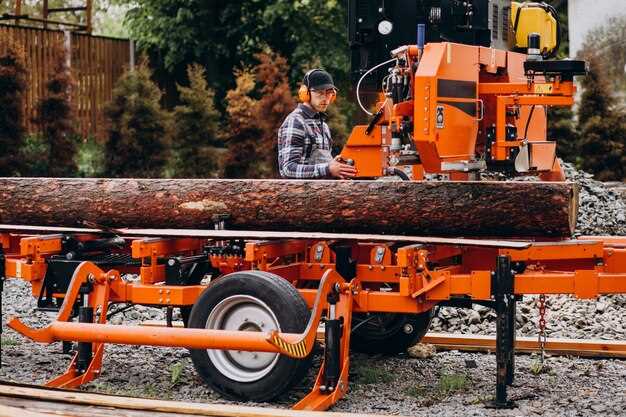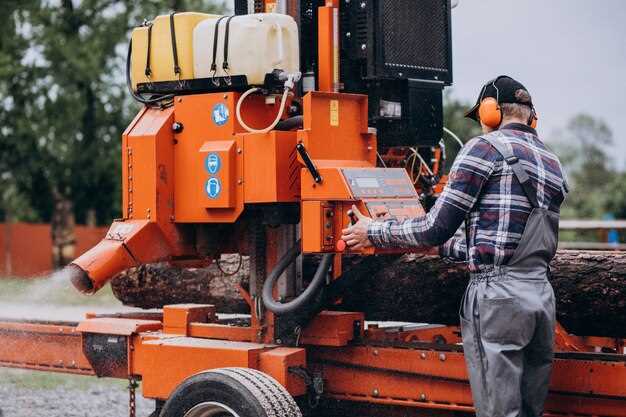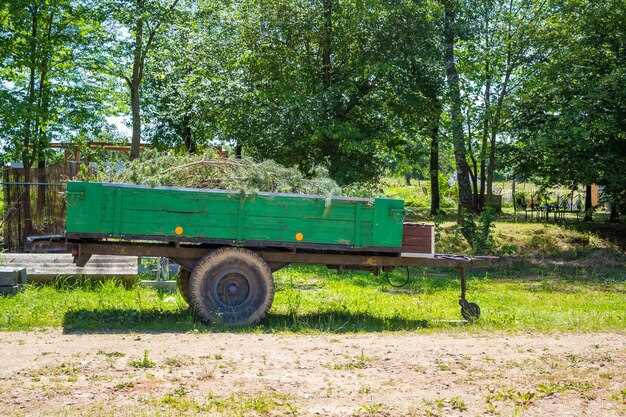
In the competitive world of landscaping, choosing the right equipment can significantly influence your business’s success. One essential element that often goes overlooked is the trailer. A well-chosen trailer not only enhances your efficiency but also ensures that you can transport tools, materials, and crew safely and effectively.
Landscaping projects can vary greatly in scale and complexity, making it vital to have a trailer that meets your specific needs. Whether you require a lightweight model for simple residential jobs or a heavy-duty trailer for larger commercial contracts, understanding the different types available can help you make an informed decision.
The right trailer can help streamline your operations, improve your productivity, and even enhance your professional image as a landscaping business. In this article, we will explore the best trailers tailored for landscaping professionals, examining features, benefits, and their impact on your overall workflow.
Choosing the Right Utility Trailer for Your Landscaping Needs

When it comes to landscaping, having the right utility trailer is essential for transporting equipment, materials, and debris efficiently. A well-chosen trailer can significantly enhance your productivity and streamline your workflow. Several factors should be considered to find the best fit for your specific requirements.
Firstly, evaluate the size of your landscaping equipment. Common items such as mowers, blowers, and other tools vary in dimensions. It’s crucial to select a utility trailer that can comfortably accommodate your gear while leaving enough space for additional materials like soil, mulch, or plants.
Weight capacity is another vital aspect. Landscapers often transport heavy items, so ensure that the trailer’s weight rating exceeds the combined weight of your tools and any additional loads. This will prevent any potential hazards while driving and enhance the longevity of the trailer.
The trailer’s construction material plays a significant role in durability and maintenance. Steel trailers are robust and ideal for heavy-duty use, whereas aluminum trailers are lightweight and resistant to rust, making them suitable for diverse weather conditions. Consider your business needs and the conditions in which you operate to choose the best material.
Additionally, assess the trailer’s towing features. Look for models that include sturdy axles, quality brakes, and reliable coupling systems. These features contribute to a safer towing experience, which is crucial for transporting valuable equipment and materials over varying terrains.
Lastly, consider optional accessories and features that can enhance your utility trailer. Ramp gates, side rails, or custom tie-down points can improve loading and unloading efficiency, making your landscaping operations smoother. Evaluate what accessories could add value to your day-to-day tasks.
In conclusion, choosing the right utility trailer for your landscaping needs involves understanding the size, weight capacity, construction material, towing features, and additional accessories that will suit your business best. A thoughtful selection will not only support your current operations but also help your landscaping business grow and succeed.
Key Features to Look for in a Landscaping Trailer
When selecting a landscaping trailer, it’s essential to consider several key features that can enhance your utility and overall business efficiency. A well-chosen trailer can significantly impact your operations, ensuring you transport tools and materials safely and conveniently.
1. Size and Capacity: The size of the trailer is crucial. Choose one that can accommodate the equipment you use most frequently, such as mowers, hedgers, and other landscaping tools. A larger capacity ensures that you can carry multiple items, reducing the number of trips needed.
2. Durability: Landscaping trailers should be robust and built to withstand heavy loads and harsh weather conditions. Look for trailers made from high-quality materials, such as galvanized steel or aluminum, to ensure longevity and resistance to rust.
3. Weight Distribution: Proper weight distribution is vital for stability. Trailers with a low center of gravity help prevent swaying while driving. Make sure the trailer features a solid axle and efficient load distribution systems to enhance safety on the road.
4. Loading and Unloading Features: A landscaping trailer should offer easy loading and unloading options. Look for trailers with ramps, side gates, or tilt features, making it simple to load heavy equipment or materials without strain.
5. Tie-Down Points: Secure storage is vital when transporting tools. Ensure the trailer has multiple tie-down points to secure various equipment, preventing movement during transit and reducing the risk of damage.
6. Axle Configuration: Depending on your needs, consider trailers with single or tandem axles. Tandem axle trailers provide more stability and support heavier loads, which is beneficial for larger landscaping jobs.
7. Additional Storage Solutions: Some landscaping trailers come with built-in storage compartments for smaller tools or personal items. This feature can help keep your workspace organized and ensure you have everything you need at hand.
8. Customization Options: Every landscaping business has unique requirements. Look for trailers that offer customization options, such as tool racks or enclosed storage, to tailor the trailer to your specific operational needs.
By focusing on these key features, you can select a landscaping trailer that enhances your utility and supports your business’s success in the competitive landscaping industry.
Maximizing Productivity with Trailer Organization and Accessories

Effective organization of your utility trailer is essential for enhancing productivity in your landscaping business. By utilizing appropriate accessories and implementing systematic approaches to storage and arrangement, you can streamline your workflow and save valuable time during projects.
One of the key components of trailer organization is the use of specialized storage solutions. Tool racks, shelving units, and bins can help categorize equipment and supplies, making them easily accessible when needed. This reduces the time spent searching for tools and ensures that everything remains organized, allowing you to focus on your tasks at hand.
Incorporating strap systems and tie-down points is another smart way to maximize the efficiency of your trailer. Securing equipment properly not only enhances safety during transportation but also prevents unnecessary damage. Well-secured items are less likely to shift during transit, ensuring that you arrive at each job site with everything intact and ready for use.
Investing in modular storage solutions can offer flexibility and adaptability. As your business evolves, so do your equipment needs. Modular systems allow for easy reconfiguration, enabling you to cater to various project sizes by adjusting storage spaces according to your current inventory.
Another valuable accessory is the use of signage on your trailer. Clearly labeled sections for tools and materials not only improve your own efficiency but can also enhance your professional image. Clients will appreciate a well-organized and maintained trailer, reflecting your commitment to quality and functionality.
Finally, consider employing a routine maintenance schedule for both your tools and trailer. Regular checks ensure that everything is in working order and that your organization system remains effective. Maintaining cleanliness and order will foster a work environment that promotes productivity and reduces stress.
By prioritizing trailer organization and strategically selecting accessories, you can maximize productivity in your landscaping business. A well-organized utility trailer translates to faster project completion times, higher client satisfaction, and ultimately, greater success.




